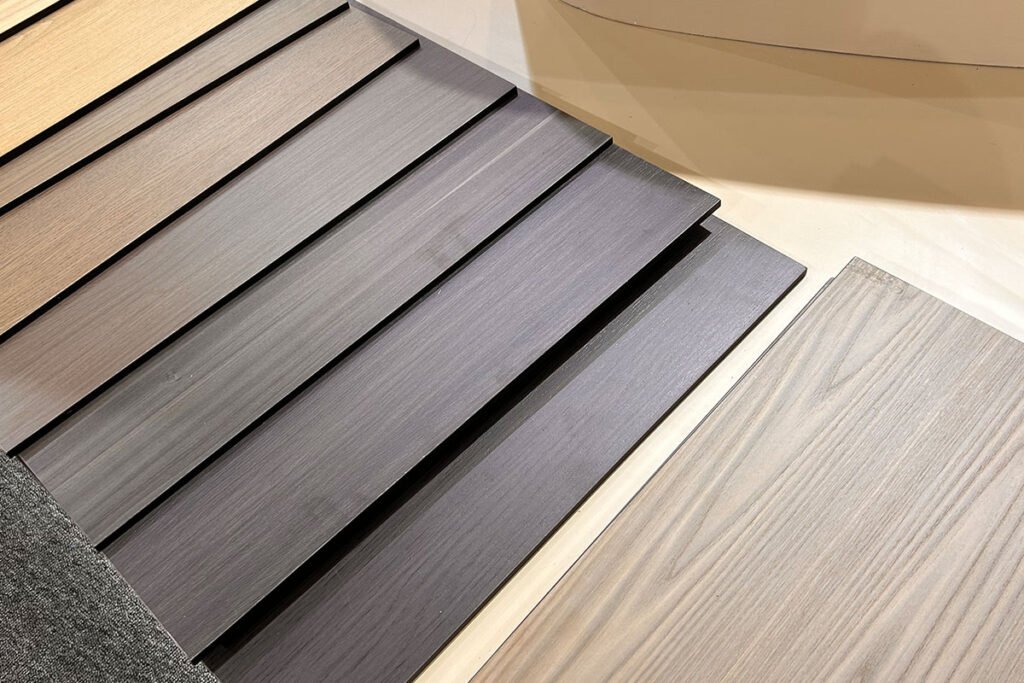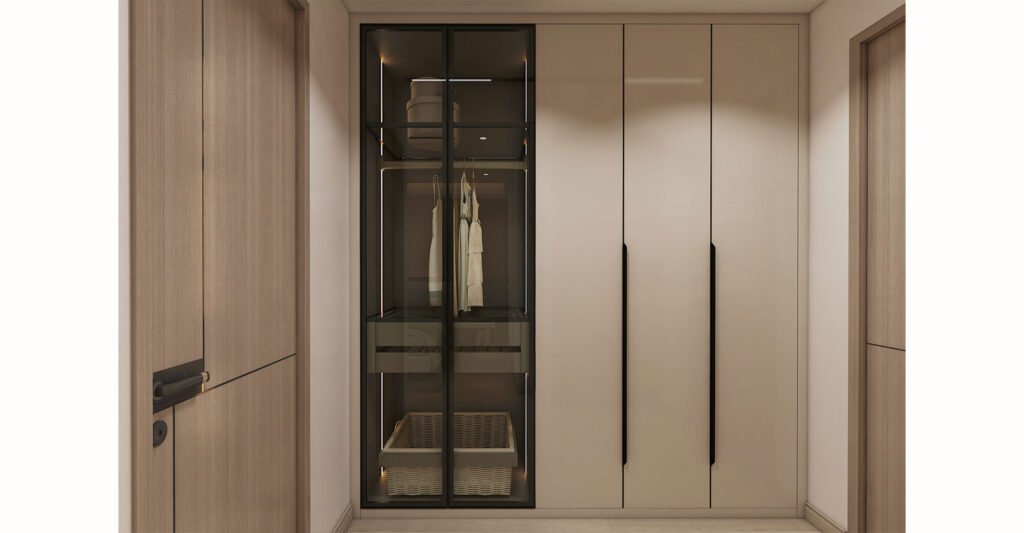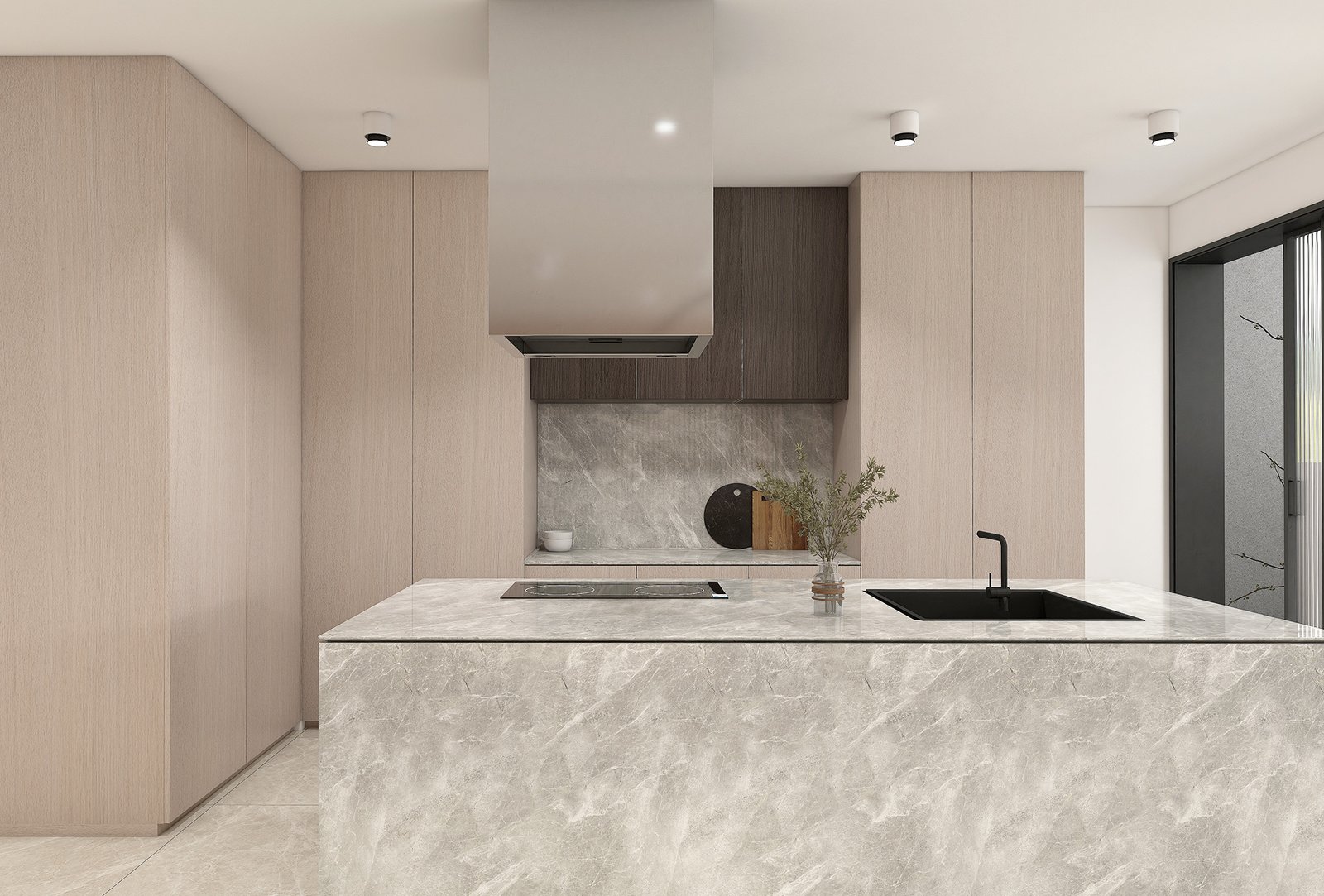Particle board is widely used in furniture, cabinets, and flooring due to its affordability and versatility. However, its biggest drawback is its vulnerability to moisture. When exposed to water, particle board can swell, warp, or break down. Fortunately, there are effective ways to waterproof particle board and extend its lifespan. In this guide, we’ll explore the best methods to protect particle board from water damage.
1. Why Does Particle Board Need Waterproofing?
Unlike solid wood or plywood, particle board is made from compressed wood chips and resin. While this makes it cost-effective, it also makes it highly absorbent. If particle board gets wet, it can:
- Swell and lose its structural integrity
- Develop mold and mildew
- Weaken and break apart over time
- Warp and cause misalignment in furniture or flooring
Waterproofing helps prevent these issues and ensures that your particle board furniture or surfaces remain durable and long-lasting.

2. Best Methods to Waterproof Particle Board
There are several effective ways to make particle board water-resistant. The method you choose depends on the type of project and the level of moisture exposure.
Method 1: Apply a Waterproof Sealant
One of the easiest ways to protect particle board is by applying a waterproof sealant, such as polyurethane, varnish, or lacquer.
Steps:
- Sand the surface lightly with fine-grit sandpaper to ensure better adhesion.
- Wipe off dust and debris with a clean, dry cloth.
- Use a paintbrush or roller to apply a thin, even layer of sealant.
- Allow it to dry completely before applying a second coat.
- For best results, apply at least two to three coats.
Best For: Indoor furniture, cabinets, and decorative pieces that are exposed to occasional moisture.
Method 2: Use Oil-Based Paint or Enamel Paint
Oil-based and enamel paints provide a protective barrier that prevents water from penetrating the particle board.
Steps:
- Clean the surface and sand it for better adhesion.
- Apply a high-quality oil-based primer to improve water resistance.
- Let the primer dry, then apply at least two coats of oil-based or enamel paint.
- Allow proper drying time between coats.
Best For: Shelves, kitchen cabinets, and furniture that need both protection and an aesthetic finish.
Method 3: Apply a Laminate or Veneer
Laminating or veneering particle board is another great way to make it water-resistant. A laminate sheet or veneer acts as a barrier against moisture.
Steps:
- Measure and cut the laminate or veneer to fit the particle board surface.
- Apply contact cement or adhesive evenly.
- Press the laminate or veneer firmly onto the surface, smoothing out any air bubbles.
- Trim the edges if needed and seal them with edge banding.
Best For: Kitchen countertops, office desks, and bathroom vanities that need extra moisture protection.
Method 4: Use Epoxy Resin Coating
Epoxy resin creates a thick, waterproof layer over the particle board, making it highly resistant to water and wear.
Steps:
- Mix the epoxy resin according to the manufacturer’s instructions.
- Pour it evenly over the surface and spread it using a brush or roller.
- Let it cure for the recommended time (usually 24-48 hours).
- Apply an additional coat for extra protection if needed.
Best For: Outdoor furniture, workbenches, and particle board used in high-moisture environments.
Method 5: Use Water-Resistant Adhesives for Joints and Edges
Even if you seal the surface, moisture can still penetrate through exposed edges and joints. Using waterproof adhesives or edge banding can help prevent this.
Steps:
- Apply wood glue or waterproof adhesive along the edges.
- Use edge banding to cover exposed areas.
- Press the banding firmly and trim off excess material.
Best For: Cabinets, flooring, and furniture with exposed edges.

3. Additional Tips for Protecting Particle Board from Moisture
- Keep it away from direct water exposure – Avoid placing particle board furniture near sinks, bathtubs, or outdoor areas where it can get wet.
- Use coasters and placemats – If using particle board for tables, protect the surface with coasters, placemats, or tablecloths.
- Apply periodic maintenance – Reapply sealants or coatings over time to maintain waterproofing.
- Store it in a dry environment – Keep particle board furniture in a controlled indoor climate to minimize humidity damage.
Conclusion
While particle board is naturally susceptible to moisture, proper waterproofing can significantly improve its durability. Whether you choose a waterproof sealant, paint, laminate, or epoxy resin, taking the right precautions will help extend the life of your particle board furniture or construction materials.
Get High-Quality Particle Board from Tacon Wood Industry
If you need high-quality particle board with better moisture resistance, Tacon Wood Industry provides reliable and cost-effective solutions for furniture, construction, and interior applications. Contact us at taconsales86@gmail.com for more information!




